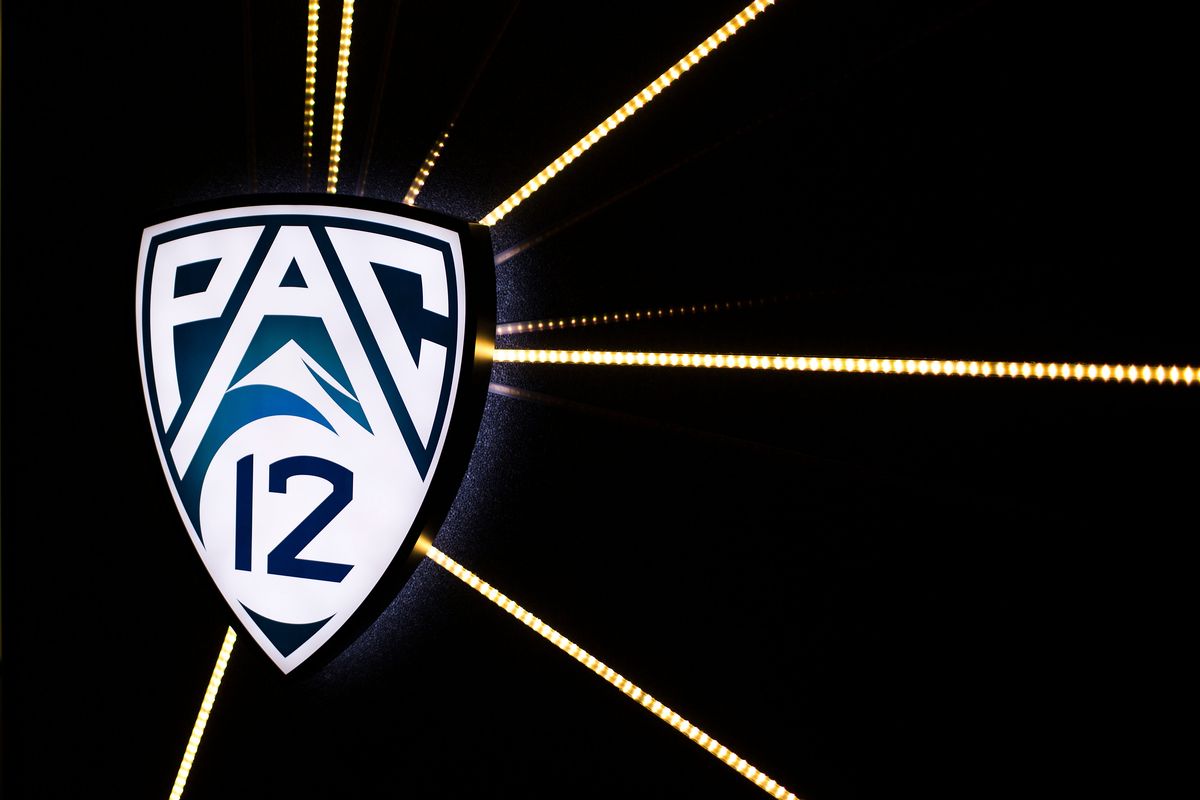Commentary: Pac-12 will never be a power again, but securing a Playoff spot is all that matters

Nearly every conference realignment move since the early 1990s has been driven by one motive: television money. The 108-year-old Pac-12 splintered last year because the only TV deal it could land was deemed unacceptable.
It would be natural, then, to assume the remaining members, Oregon State and Washington State, are now poaching four Mountain West schools – Boise State, Colorado State, Fresno State and San Diego State – because they believe there’s a golden ticket waiting for them from ESPN, Fox, Amazon or Netflix.
That is not the case.
In fact, it’s going to cost roughly $110 million in exit fees and “poaching penalties” just to land the Pac-12 a deal that two industry sources estimate may only net the conference $10 million per school annually – $20 million than the ESPN offer the Pac-12 infamously turned down in 2022.
So why go through all the trouble?
In a word: Playoff.
The new Pac-12 may be a shadow of its former self, but Oregon State and Washington State made a bet that the Pac-12 shield held enough cachet to live past 2026. It helped that they were sitting on an estimated $250 million war chest left behind by former members to pay their bills. Commissioner Teresa Gould told John Canzano last year she would set aside $65 million toward a future rebuild – which certainly will help defray the cost of all those exit fees.
As one source familiar with realignment discussions put it, “Revenue was secondary. More important was shooting their best shot.”
But slapping a Pac-12 logo on Fresno State‘s helmet does not mean Fresno State is now a Power 5 school. No one should be under any delusion that this new conference will be viewed in the same orbit as the ACC, Big Ten, Big 12 and SEC.
It doesn’t particularly matter because the 12-team College Football Playoff includes automatic berths for five conference champions. Simply by being in a conference – any conference – Washington State and Oregon State have a more viable path to the Playoff than they do in their current state as independents that have to finish high enough to earn an at-large berth. And that, frankly, is far more important than a few extra million dollars per year in television revenue.
It may be less obvious what the move does for the four new schools’ Playoff prospects, given they already have that Playoff opportunity playing in the Mountain West.
But the Mountain West hasn’t earned the Group of 5’s New Year’s Six berth since Boise State did in 2014. To put it bluntly, the 12-team MWC has a lot of dead weight. Last year, three MWC schools – Hawaii, New Mexico, Nevada – finished between 123rd and 133rd in the final SP+ rankings.
Boise State, Fresno State and San Diego State, which between them have won nine of the 11 Mountain West Championship Games to date, must feel they will improve their prospects simply by shedding the bottom-tier schools that drag down their strength of schedule. It’s the so-called Pac-12/Mountain West ”reverse merger” that many speculated about as a possibility during the past year but without the Pac-12 having to absorb all 12 MWC schools.
It remains to be seen how the Pac-12 will fill out the rest of its lineup, which must get to eight schools to remain an NCAA conference. The ideal scenario would be an ACC implosion that sends Cal and Stanford back home, but that’s unlikely to happen by fall 2026, when the Pac-12’s two-year NCAA “grace period” ends and it needs to be back at eight members. The most realistic candidates would be either two more MWC teams, like Air Force and UNLV or perhaps a move into Texas to get UTSA and North Texas.
Having already wiped the MWC from relevance, the goal should be to surpass the American Athletic Conference as the perceived strongest Group of 5 league. The committee has awarded its New Year’s Six berth to the AAC’s champion in seven of the past nine seasons – but five of those were Cincinnati, Houston and UCF, all of which are now members of the Big 12.
Were that to happen, it could have ramifications beyond just the No. 12 seed in the 2026 bracket. Washington State, Oregon State, Boise State, etc., would have an opportunity to play themselves “up” to the Big 12, whose commissioner, Brett Yormark, seems to be in a never-ending quest to add more members. Yormark advocated for the CFP’s 2028 “look-in” window in its new contract. That’s when his league might be able to earn a larger share of the revenue based on the performance of its schools.
Oregon State and Washington State’s primary strategy for the past 13 months has been to keep their options open. That won’t change going forward. Should the Big 12 come calling in, say, 2029, the Beavers and Cougars no doubt would leave these new members in the dust, just like Oregon and Washington did to them last year. If something broader and more drastic occurs – like the Big Ten and SEC forming their own Super League, or Power 4 football breaking away from the NCAA – the Pac-12 may well die altogether.
In the meantime, Gould has given these schools a more tenable solution than scrounging together a new schedule every year and hoping to catch lighting in a bottle. If a Pac-12 team makes the Playoff in 2026, it will be the wisest $110 million the conference ever spent.